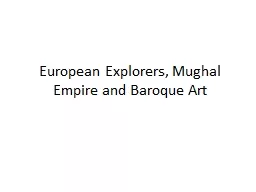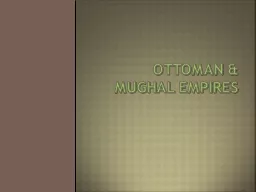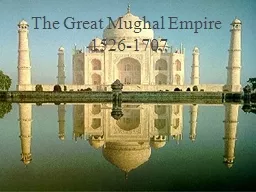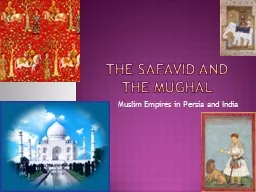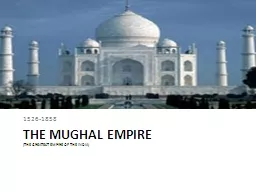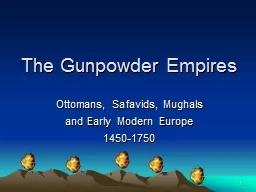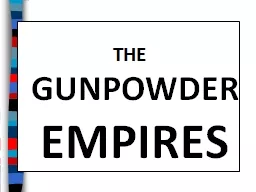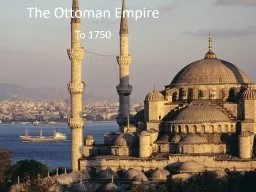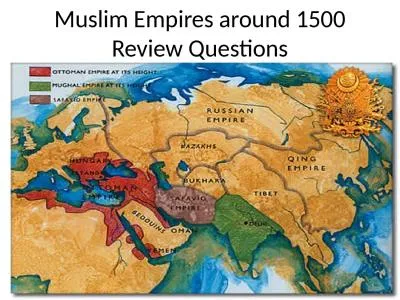PPT-WORLD HISTORY READERS Level 5- ③ The Mughal Empire The Beginnings
Author : alexa-scheidler | Published Date : 2019-11-01
WORLD HISTORY READERS Level 5 ③ The Mughal Empire The Beginnings It lasted for almost 350 years It was one of the greatest empires India has ever seen The Mughal
Presentation Embed Code
Download Presentation
Download Presentation The PPT/PDF document "WORLD HISTORY READERS Level 5- ③ The M..." is the property of its rightful owner. Permission is granted to download and print the materials on this website for personal, non-commercial use only, and to display it on your personal computer provided you do not modify the materials and that you retain all copyright notices contained in the materials. By downloading content from our website, you accept the terms of this agreement.
WORLD HISTORY READERS Level 5- ③ The Mughal Empire The Beginnings: Transcript
Download Rules Of Document
"WORLD HISTORY READERS Level 5- ③ The Mughal Empire The Beginnings"The content belongs to its owner. You may download and print it for personal use, without modification, and keep all copyright notices. By downloading, you agree to these terms.
Related Documents


